Best Seasons for Bathtub Installation
Choosing the optimal time for bathtub installations can impact project efficiency and quality. Generally, the most favorable periods are during mild weather conditions, avoiding extreme cold or heat, which can affect materials and installation processes. Planning installations in spring or early fall allows for manageable temperatures and easier scheduling.
Spring and fall are ideal due to moderate temperatures, reducing delays caused by weather.
Avoiding winter and peak summer months minimizes risks related to cold or heat affecting adhesives and materials.
Off-peak seasons often offer more scheduling flexibility and potentially lower costs.
Temperature-sensitive materials perform best when installed during mild weather conditions.
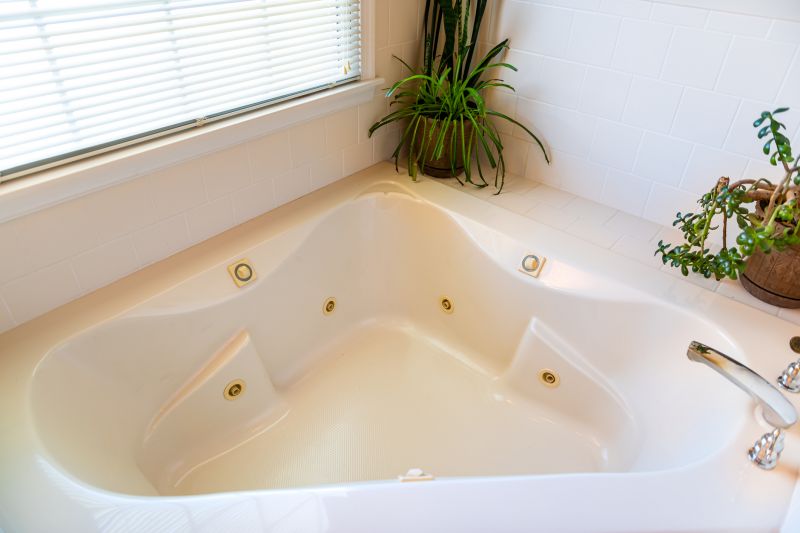
Spring offers moderate temperatures ideal for installation projects, ensuring materials set properly.
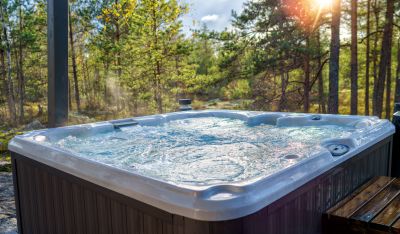
Fall provides cooler weather, reducing the risk of heat-related issues during installation.
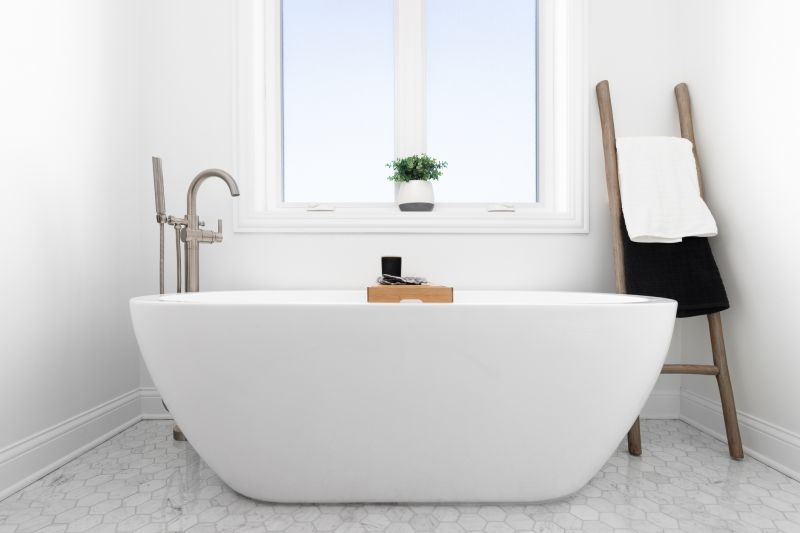
Choosing the right season helps ensure a smooth and efficient bathtub installation process.
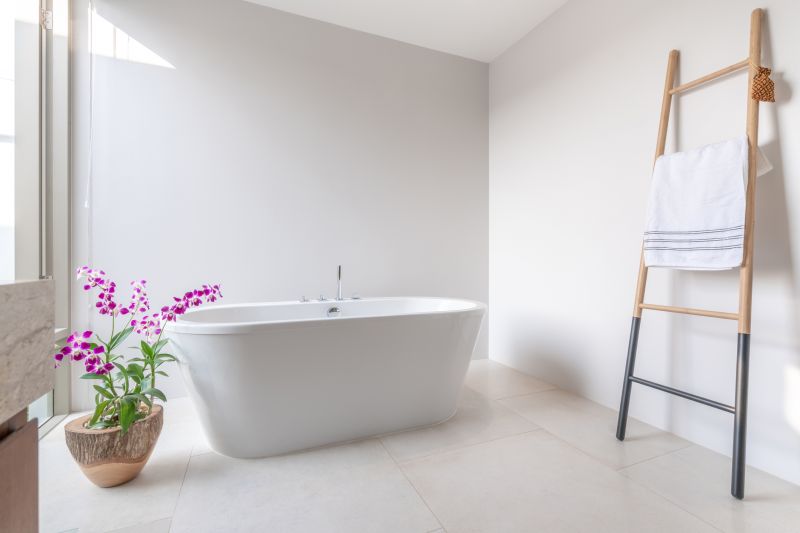
Ways to make Bathtub Installations work in tight or awkward layouts.

Popular materials for Bathtub Installations and why they hold up over time.
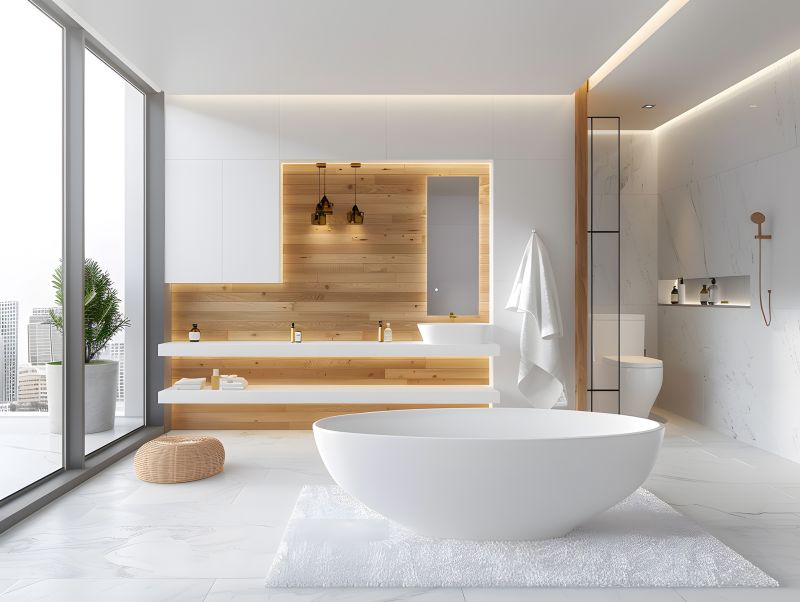
Simple add-ons that improve Bathtub Installations without blowing the budget.
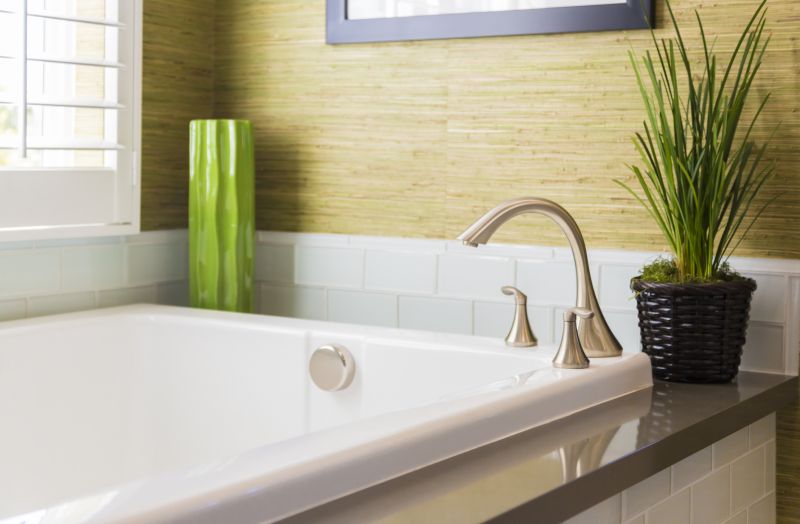
High-end options that actually feel worth it for Bathtub Installations.
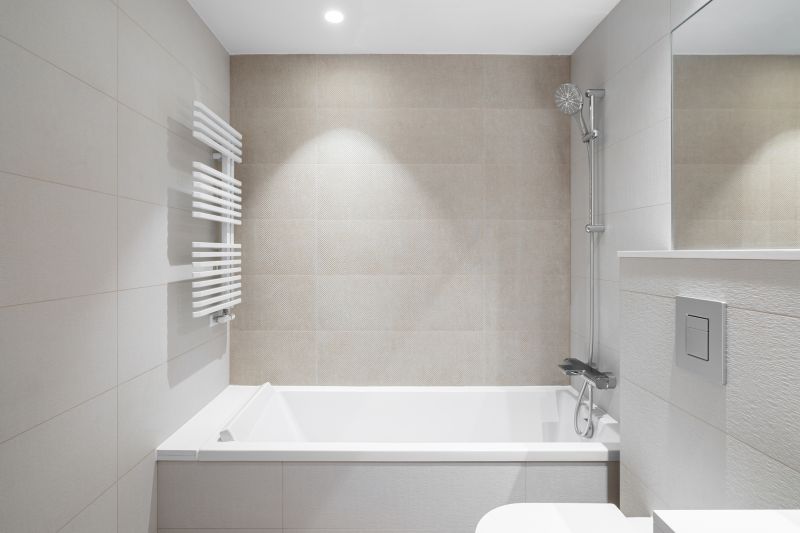
Finishes and colors that play nicely with Bathtub Installations.
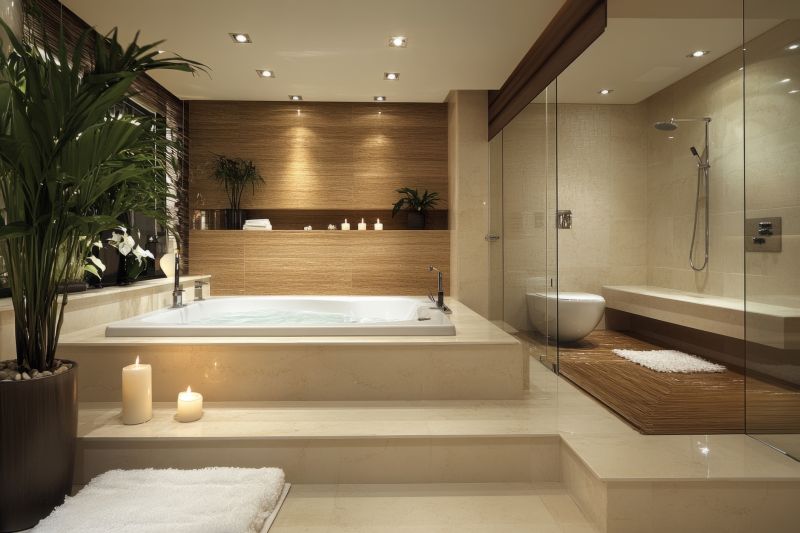
A variety of styles are available to match any bathroom aesthetic.
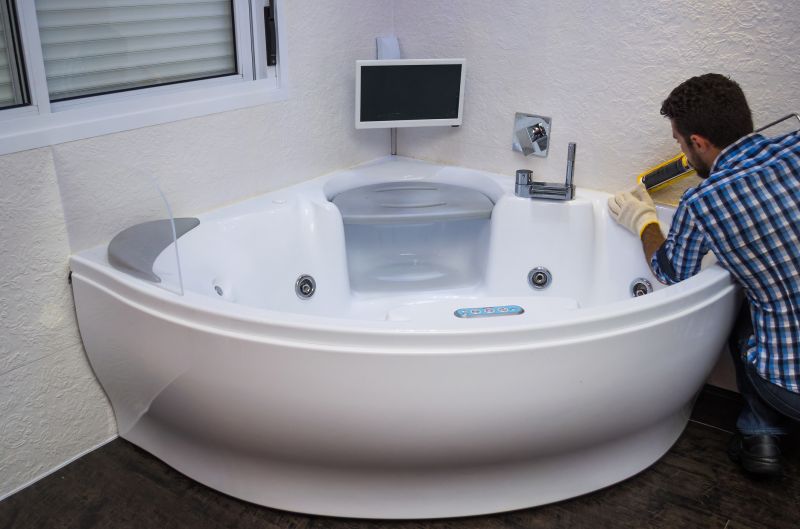
Expert installers ensure proper sealing and fitting for long-lasting results.
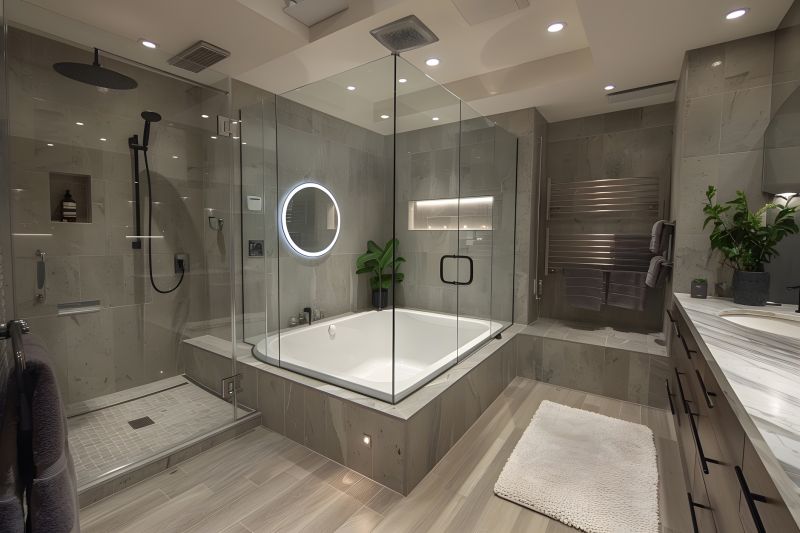
Customizable features can enhance comfort and functionality.

Upgrading your bathtub can significantly improve bathroom appeal.
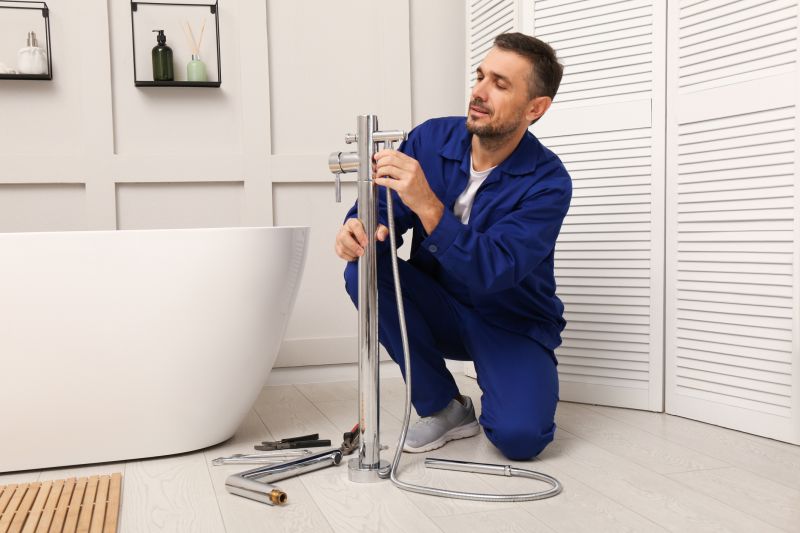
Little measurements that prevent headaches on Bathtub Installations day.
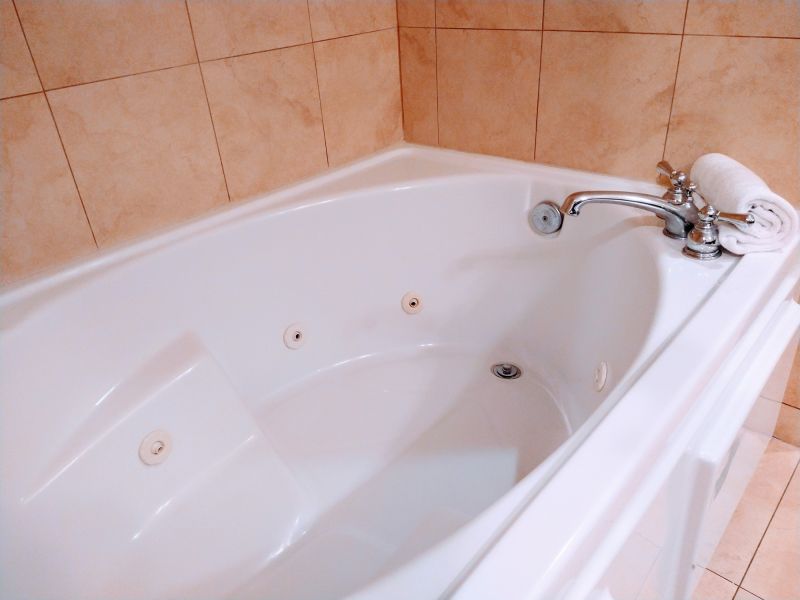
A 60-second routine that keeps Bathtub Installations looking new.

A frequent mistake in Bathtub Installations and how to dodge it.
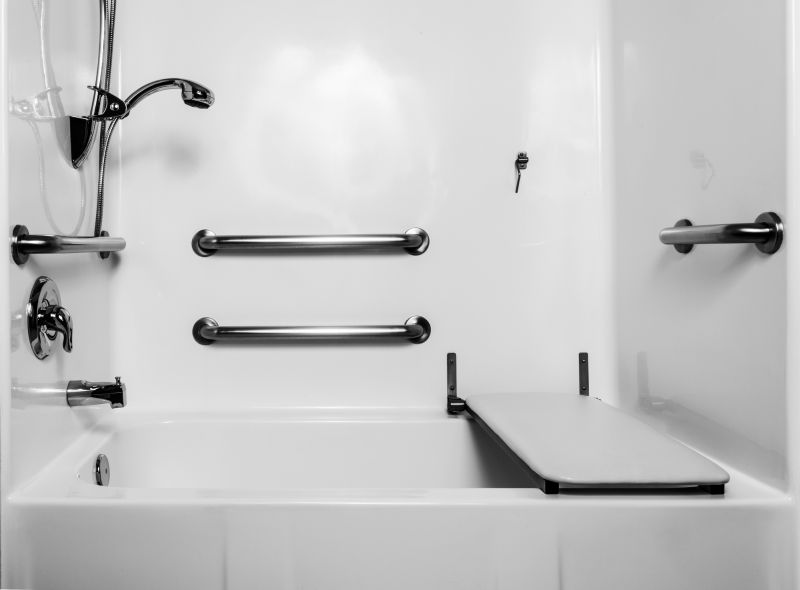
Small tweaks to make Bathtub Installations safer and easier to use.
| Season | Advantages |
|---|---|
| Spring | Moderate temperatures, longer daylight hours, ideal for scheduling. |
| Summer | Good for early summer projects, but risk of heat affecting materials. |
| Fall | Cooler weather, less humidity, good for installation efficiency. |
| Winter | Potential delays due to cold weather, but manageable with indoor installations. |
| Off-Peak Seasons | Typically lower costs and more flexible scheduling options. |


